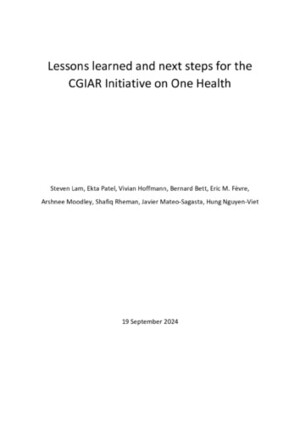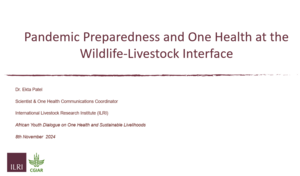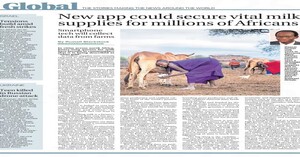
Spatial and temporal distribution of Taenia solium and its risk factors in Uganda
Abstract
Background
The lack of sub-national mapping of the zoonotic cestode Taenia solium in endemic countries presents a major challenge to achieving intensified T. solium control milestones, as outlined in the “World Health Organization neglected tropical disease roadmap by 2030”. We conducted a mapping study in Uganda, considered to be endemic, to identify sub-national high-risk areas.
Methods
T. solium prevalence data, adjusted for diagnostic sensitivity and specificity in a Bayesian Framework, were identified through a systematic review. Spatial autocorrelation and interpolation techniques were used to transform Demographic and Health Survey cluster-level sanitation and poverty indicators, overlaid onto a pig density map for Uganda into modelled porcine cysticercosis (PCC) risk maps.
Findings
Sixteen articles (n = 11 PCC and n = 5 human cysticercosis (HCC) and/or human taeniasis) were included in the final analysis. HCC observed prevalence ranged from 0.01% – 6.0 % (Confidence Interval (CI) range: 0.004 – 11.4%), while adjusted PCC ranged from 0.3 – 93.9% (uncertainty interval range: 0 – 99.8%). There was substantial variation in the modelled PCC risk factors and prevalence across Uganda and over time.
Interpretation
High PCC prevalence and moderate HCC exposure estimates indicate the need for urgent implementation of T. solium control efforts in Uganda.
Citation
Ngwili, N., Sentamu, D.N., Korir, M., Adriko, M., Beinamaryo, P., Dione, M.M., Kaducu, J.M., Mubangizi, A., Mwinzi, P.N., Thomas, L.F. and Dixon, M.A. 2023. Spatial and temporal distribution of Taenia solium and its risk factors in Uganda. International Journal of Infectious Diseases 129: 274–284.








